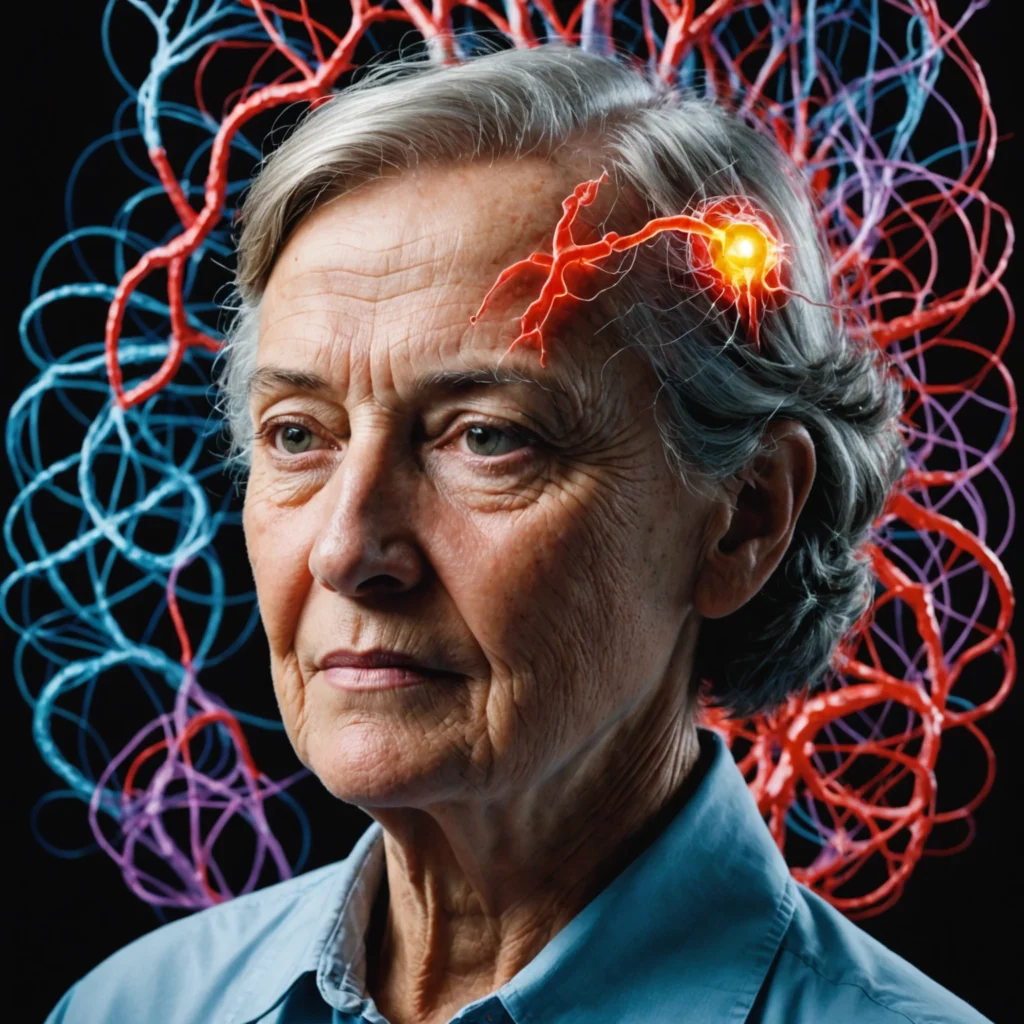
Introducing Vascular Dementia
Vascular dementia challenges many communities worldwide. Researchers report that nearly 55 million people live with dementia, and vascular causes account for approximately one‐quarter of these diagnoses. Clinicians recognize that damage or blockage in blood vessels often deprives the brain of essential oxygen and nutrients. Consequently, patients experience cognitive decline and memory challenges. Furthermore, experts urge families to seek medical advice early. Importantly, caregivers and medical professionals coordinate well-managed treatment plans. Moreover, the disease’s progression requires active monitoring by healthcare specialists.
Exploring the Causes and Mechanisms
What Triggers Vascular Dementia?
Doctors and researchers attribute vascular dementia to several influences. Firstly, researchers cite hypertension, high cholesterol, and diabetes as primary causes. Secondly, stroke history dramatically increases risk. Additionally, lifestyle factors such as smoking and physical inactivity contribute. Therefore, patients must adopt a proactive approach towards health management. For example, many individuals implement proper exercise routines and nutritional diets. Consequently, lifestyle modifications form an essential pillar in prevention strategies.
Understanding the Biological Basis
Medical experts explain that blockages in the brain’s blood supply result in cognitive deficits. They compare healthy blood vessels to clear highways, while obstructed vessels resemble traffic jams, which restrict blood flow. Researchers illustrate these relationships with simple comparisons. To further clarify concepts, consider the following key points:
- Blood vessel integrity matters critically.
- Every interruption diminishes cognitive function.
- Time plays a crucial role in determining treatment efficacy.
Moreover, patients often benefit from personalized diagnostic imaging, which allows specialists to identify specific areas of concern.
Recognizing Symptoms and Diagnostic Measures
Common Warning Signs
Observation drives prompt diagnosis. Patients frequently exhibit symptoms that include memory loss, confusion, and difficulties with planning while also experiencing language problems. In addition, sudden changes in behavior alert families to consult healthcare providers. Additionally, experts encourage individuals to monitor their blood pressure regularly. Listed below are key symptoms that patients and caregivers might observe:
- Frequent lapses in memory
- Difficulty processing complex tasks
- Problems with speech and understanding
- Increased irritability and mood swings
Furthermore, early symptom recognition empowers families to seek effective treatments promptly.
Diagnostic Tools and Procedures
Medical teams employ various diagnostic methods to confirm vascular dementia. Physicians use brain imaging techniques, such as MRI and CT scans, which provide detailed views of blood vessel conditions. Notably, the Mayo Clinic and similar institutions produce broadcast-quality video segments that elucidate these procedures. Moreover, healthcare professionals integrate neuropsychological tests that evaluate memory, reasoning, and problem-solving skills. A detailed table below summarizes common diagnostic tools and their purposes:
| Diagnostic Tool | Purpose |
|---|---|
| MRI | Detailed images of blood vessels and brain tissues |
| CT Scan | Quick evaluation of blood flow blockage and tissue damage |
| Neuropsychological Tests | Assessment of cognitive function and memory |
Furthermore, diagnostic processes require timely intervention and meticulous interpretation, which significantly influence treatment trajectories.
Preventative Measures and Treatment Options
Embracing Healthy Lifestyle Changes
Patients can often manage and even prevent further progression of vascular dementia through proactive lifestyle changes. First, individuals must reduce risk factors such as hypertension and high cholesterol. Second, adopting a heart-healthy diet and engaging in regular physical exercise contributes enormously towards maintaining vascular health. Moreover, experts emphasize avoiding tobacco and excessive alcohol consumption. In addition, stress management techniques play a significant role in fostering overall well-being. To summarize the approach, consider these bullet points:
- Maintain balanced nutrition
- Engage in daily physical activities
- Monitor blood pressure consistently
- Manage stress through mindfulness or therapy
Exploring Treatment Approaches
Healthcare providers offer various treatments that address the root causes and symptoms. Primarily, medical professionals prescribe medications that manage blood pressure and cholesterol levels. Additionally, specialized rehabilitation therapies aim to enhance cognitive functions. Moreover, individuals participate in structured cognitive exercises to build mental resilience. Patients enjoy holistic treatment plans that combine pharmaceuticals with lifestyle interventions. For clarity, consider these numbered steps for successful management:
- Receive an accurate diagnosis through comprehensive testing
- Follow a tailored treatment plan designed by specialists
- Monitor progress regularly and adjust treatments as necessary
- Engage in community support and educational programs
Finally, collaboration among family members, caregivers, and medical professionals plays a vital role in achieving positive outcomes.
Living with Vascular Dementia: A Community Narrative
Stories from individuals and families reveal the multifaceted reality of living with vascular dementia. People share personal experiences that illustrate the emotional ups and downs encountered during diagnosis and treatment. Notably, families recount moments of determination and hope as they navigate healthcare challenges. In fact, community support networks enable patients to maintain a high quality of life. Additionally, healthcare organizations often host workshops and seminars that empower affected individuals. Consequently, the journey transforms into one of resilience and learning.
Educational campaigns and research initiatives continuously drive awareness. Numerous institutions collaborate with research centers and nonprofit organizations to develop innovative strategies. Simultaneously, community health workers deliver informative sessions that help people understand risk factors and treatment modalities. These sessions include detailed presentations, interactive Q&A segments, and audiovisual resources. Furthermore, digital platforms provide a wealth of resources, such as the Mayo Clinic Minute video package, that offer broadcast-quality insights into vascular dementia. Ultimately, active participation in these initiatives fosters hope and spurs collective action for better health outcomes.




